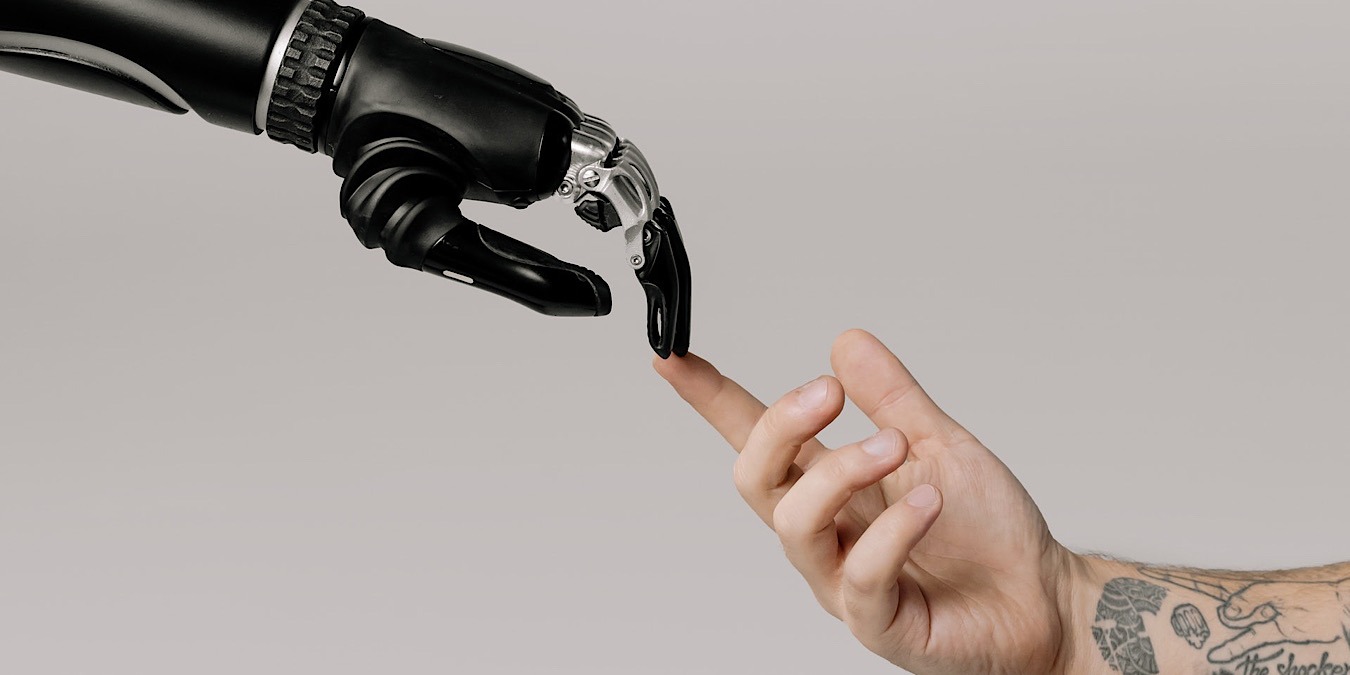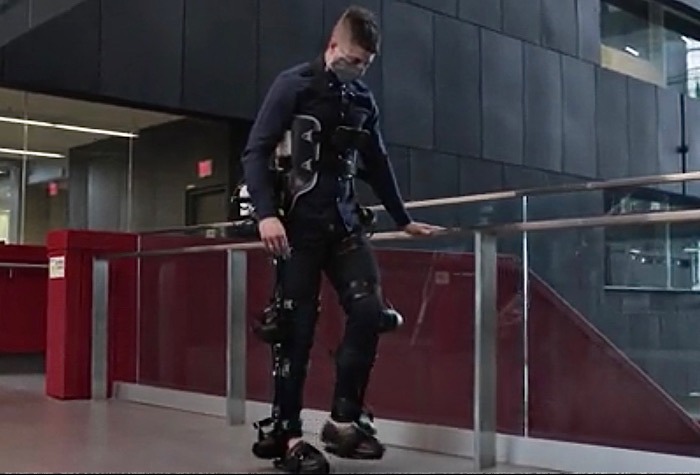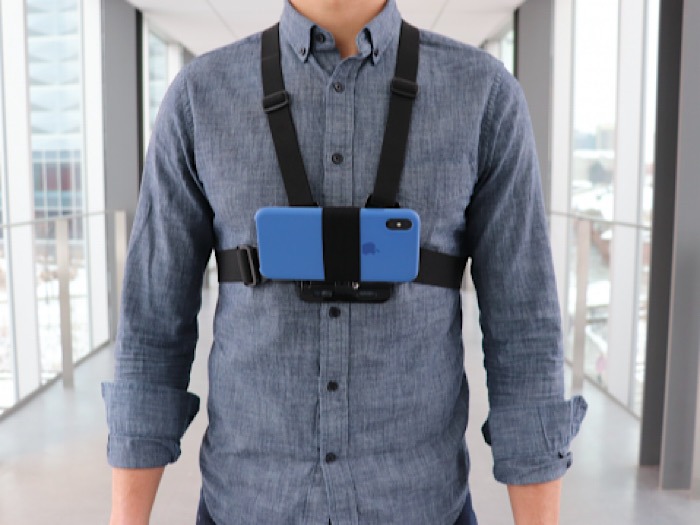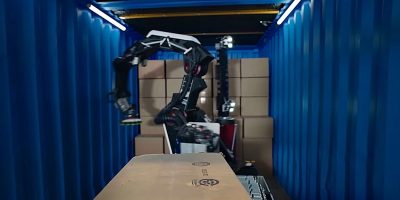
One of the most interesting aspects of the Internet of things is that it covers so many different areas: smart home, industrial, wearables, robotics, blockchain, artificial intelligence, etc. When these aspects come together, it’s even more interesting. That’s what we’re looking at now with the plausibility of wearable robotics.
Wearable Robot Exosuits
Researchers at the University of Waterloo in Canada pulled the idea of robotics into exosuits. These suits are already available for people with disabilities or mobility difficulties. Up until now, their use has been manual, but the researchers want to mix in some robotics.
The goal is to use A.I. tools to create wearable robotics. Computer vision could be added to allow the exosuit to sense its surroundings and alter the way it’s moving based on that.
It doesn’t seem like that far of a jump. We already have robot vacuums that can sense stairs and avoid them – why not have exosuits that can do the same?

The researchers say it’s not that easy, though. “Control is generally regarded as one of the biggest challenges to developing robotic exoskeletons for real-world applications,” Ph.D. candidate Brokoslaw Laschowski, with the university’s Systems Design Engineering department, told Digital Trends.
“To ensure safe and robust operation, commercially available exoskeletons use manual controls like joysticks or mobile interfaces to communicate the user’s locomotor intent. We’re developing autonomous control systems for robotic exoskeletons using wearable cameras and artificial intelligence, [so as to alleviate] the cognitive burden associated with human control and decision-making.”
For use with the wearable robotics project, a new A. I.-powered classification was created. The ExoNet database is said to be the largest open-source image dataset of walking environments for people. People wore chest-mounted cameras and walked around to gather the data. This data was used to train neural networks.
“Our environment classification system uses deep learning,” Laschowski continued. “However, high-performance deep-learning algorithms tend to be quite computationally expensive, which is problematic for robotic exoskeletons with limited operating resources.
“Therefore, we’re using efficient convolutional neural networks with minimal computational and memory storage requirements for the environment classification. These deep-learning algorithms can also automatically and efficiently learn optimal image features directly from training data rather than using hand-engineered features as is traditionally done.”

Professor John McPhee of Systems Design Engineering chimed in as well, explaining it in simpler terms.
Essentially, we are replacing manual controls – [like] stop, start, lift leg for step – with an automated solution. One analogy is an automatic powertrain in a car which replaces manual shifting. Nowadays, most people drive automatics because it is more efficient, and the user can focus on their environment more rather than operating the clutch and stick. In a similar way, an automated high-level controller for an exo will open up new opportunities for the user [in the form of] greater environmental awareness.”
For obvious reasons, the people wearing these exosuits will be able to override the automatic controls. Just as it will be difficult to completely trust an autonomous car, the same could be said for a robotics-controlled suit.
Status of the University’s Project
This wearable robotics technology isn’t quite ready for mainstream use. “We’re currently focusing on optimizing our A.I.-powered environment classification system, specifically improving the classification accuracy and real-time performance,” said Laschowski.
“This technical engineering development is essential to ensuring safe and robust operation for future clinical testing using robotic exoskeletons with autonomous control.”
The researchers are hoping exosuits will be commercially available with this new technology. Exosuits are seeing more widespread use in a variety of settings. The next obvious step is adding more technology.
While the idea of bionic body parts has long been covered in science fiction, there have even been many characters who put on some type of a suit with a mind of its own as well. The idea of wearable robotics that would sense the surroundings of the wearer doesn’t seem that far-fetched.
Read on to learn how well humans did with robotic supervision.
Image Credit: Exoskeletons with autopilot: A peek at the near future of wearable robotics and public domain









